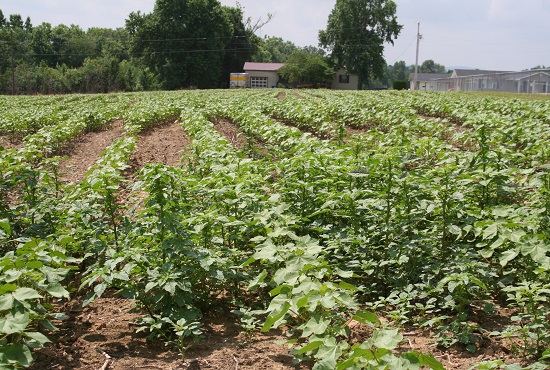Indian Cotton Export is a Concern for the Textile Industry
By Dr. Seshadri Ramkumar
Texas Tech University, USA
While addressing a gathering of about 400, during the inauguration of the 66th annual conference of Textile Association (India) in Bangalore on January 28th, M. Prabhakar Rao, Chairman of NSL Group, which is the home to India’s largest seed company, Nuziveedu Seeds Pvt. Ltd., expressed the value loss to Indian textile industry by exporting raw cotton. NSL Group is a conglomerate with interests in hybrid seeds, cotton, textiles, power and infrastructure.
Rao briefed the audience that cotton when exported in raw form loses about 500 percent of its value as compared to exporting finished garments. Rao, in his personal capacity as the Chairman of NSL Textiles, expressed concern over the timing and the export of raw cotton and called for increasing cotton yields in India. If the Indian yield levels-off with that of the world’s best level, India can double its production from the current level of 5.5 million metric tons (MT) to 11 million MT.
Rao said India’s production can double in four years provided the government policy is supportive. By enhancing the yield, some 50 hectares can be freed from cotton to other crops. He made a clarion call for Better Cotton Initiative, mechanical harvesting and encouragement for contract cotton farming. He wanted the Indian cotton sector to have a suitable hedging mechanism to safe guard the interests of farmers and the textile industry to be in a better position by having a good buffer stock. According to Rao, the Indian textile industry is suffering due to cotton exports and its inappropriate timing. The Indian textile industry is blaming the price hike on cotton exports. Just in 3 weeks time since the 1st week of January, cotton price in India has soared over 20 percent.
Even if India doubles its cotton capacity, the growing textile industry in India will require an addition 10 million MT of fibers in this decade in addition to its current consumption of 8 million MT.








